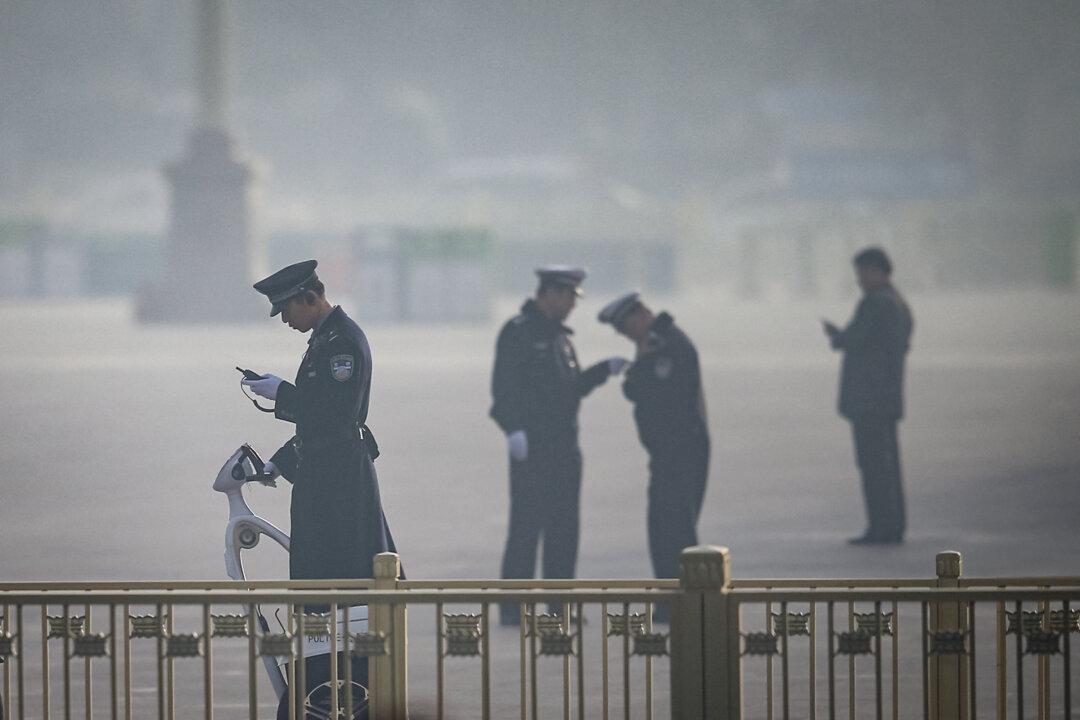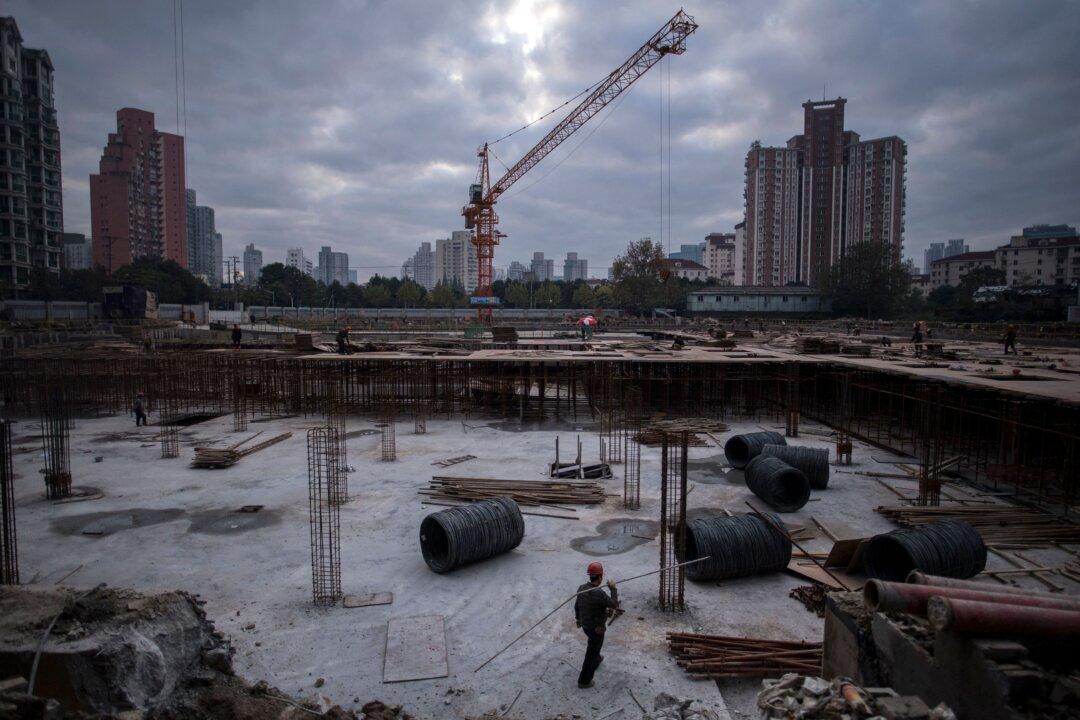The New US-China Trade War Officially Begins—Yellen Seeks a Unified Front
During a recent interview on NTD’s “Pinnacle View” program, independent TV producer Li Jun discussed the start of a new trade war. For the United States, this represents an inevitable struggle. The escalating tension between the United States and China stems from the longstanding practice of the Chinese Communist Party’s (CCP) flooding of U.S. markets with surplus goods, particularly affecting American manufacturing for nearly two decades. The recent tariff hike by the United States marks just the initial phase of its response. Some Republicans criticize President Biden for a restrained approach, advocating for broader tariffs on Chinese goods. However, the current tariff escalation by the United States is expected to create a ripple effect across numerous nations, which concerns the CCP the most, prompting its retaliation.On May 19, China’s Ministry of Commerce retaliated by launching investigations into imports of specific engineering plastics from the United States, the European Union (EU), Taiwan, and Japan. Chinese media outlets are rallying support, boasting ample countermeasures. Additionally, on May 21, the China Chamber of Commerce to the EU revealed Beijing’s plans to raise tariffs on large-displacement imported vehicles to 25 percent. Moreover, the Chinese Ministry of Foreign Affairs formally announced sanctions against twelve U.S. military-industrial enterprises and 10 individuals within the industry, signaling an active response by the CCP in this trade conflict.
Mr. Li also referenced U.S. Treasury Secretary Janet Yellen’s efforts during the G7 finance ministers and central bank governors meeting, where she advocated for a unified stance among G7 nations and other countries affected by overcapacity dumping. Ms. Yellen emphasized that addressing anti-dumping practices extends beyond the U.S.-China dynamic. The EU initiated anti-subsidy investigations on imported Chinese electric vehicles months ago and has expanded its scrutiny to include China’s green energy products like wind turbines. Despite recent discussions between German Chancellor Olaf Scholz, French President Emmanuel Macron, and EU President Ursula von der Leyen with China, Europe has yet to translate dialogue into concrete action. Uncertainty prevails regarding Europe’s resolve as economic interests in trade with China remain paramount for Germany and France.
“The EU should take more assertive measures given its greater vulnerability to overcapacity dumping compared to the US,” Mr. Li asserted.
Navigating the Complexities of China–EU Relations
Du Wen, a Chinese legal scholar based in Europe, shared his insights on “Pinnacle View,” highlighting the intricate dynamics shaping China–EU relations.“While EU president von der Leyen has articulated a shared concern with the US regarding China’s overcapacity issues, significant divergences persist among European nations, fueled by various factors,” Mr. Du observed.
Economic interests stand as a primary divergence. Across Europe, nations exhibit varying degrees of economic interdependence with China. Germany, China’s foremost trading partner in Europe, maintains significant investments and commercial ties, fostering a preference for sustaining robust trade relations. Conversely, countries like France and Italy, which are less entwined with China economically, may favor adopting more stringent positions in trade disputes.
Political orientations also play a pivotal role. The ideological spectrum and foreign policy orientations of ruling parties across European nations influence their approach to China. Left-wing parties often lean toward cooperation, while right-wing factions tend to be more cautious and resistant. Centrist parties navigate a middle ground, a mix of cooperation and resistance. Currently, leaders like Mr. Macron and Mr. Scholz belong to center-right parties that emphasize alliances with the United States, aligning more closely with American policies toward China.
Domestic policy pressures further complicate matters. In democratic societies, public sentiment and media narratives directly influence decisions made by governments. European media often convey critical perspectives on China, pressuring governments to adopt tougher stances. However, within some nations, the business sector and public sentiment might prioritize economic benefits from trade with China, advocating for continued cooperation and complicating policy formulation.
Historical and cultural contexts also shape foreign policy approaches. For instance, representatives from former communist Eastern European countries often exhibit a uniformly tough stance on China, influenced by historical legacies. These countries’ representatives were pivotal in rejecting the China–EU investment agreement and are frequently targeted by Chinese sanctions. Conversely, Northern European nations like Sweden prioritize human rights and democracy, while Southern counterparts like Hungary prioritize economic interests, fostering closer ties with China.
Internal coordination within the EU presents another challenge. “With 27 member states, each harbors unique economic and political considerations, achieving consensus on China policy proves daunting,” said Mr. Du.
De-globalization Poses a Riskier Situation Than the Cold War
Guo Jun, the Editor-in-Chief for the Hong Kong edition of The Epoch Times, stated on “Pinnacle View” that the EU president had raised the issues of trade imbalance and overcapacity with CCP leader Xi Jinping. “She confirmed the EU was exploring joint actions to ensure fair global trade competition, aligning with U.S. and EU interests.”According to Bloomberg, China’s battery production far exceeds global demand. By 2025, China’s battery capacity will meet more than three times the global demand. Similarly, China’s auto manufacturers can produce 50 million vehicles, while domestic demand is only 23 million, necessitating the export of 27 million. This overcapacity is heavily subsidized by the Chinese regime, with the aim of global market dominance, causing widespread concern.
Ms. Guo emphasized that the current international situation is more dangerous than the Cold War due to the ongoing de-globalization process. The 20th century’s most turbulent periods were during the two world wars, characterized by de-globalization, resulting in the deaths of 100 million people. Before these wars, the 19th century under Queen Victoria saw British global dominance, leading to a wave of globalization supported by British military and financial systems, with the pound sterling as the primary currency.
“By 1901, with Queen Victoria’s death, British economic and military dominance waned, with Germany and the United States starting to surpass it,“ said, Ms. Guo. ”This marked the emergence of a multipolar era, accompanied by a wave of de-globalization. During this period, each country acted independently, leading to escalating conflicts. The ultimate result was World War I, and World War II was essentially a continuation of the first.”
Ms. Guo further suggested that during the Cold War, a bipolar world existed with the United States and the Soviet Union, without true globalization as half of Europe and major Asian countries like China and India were outside the U.S.-led bloc. After the Soviet Union collapsed, the United States became the sole superpower, initiating a new wave of globalization starting from the Clinton era in the 1990s and continuing for over 30 years. With U.S. power declining and other nations, including China, rising, a second de-globalization phase seems inevitable. This process carries a greater threat of global conflict than the Cold War, with the current trade war signaling its beginning.







